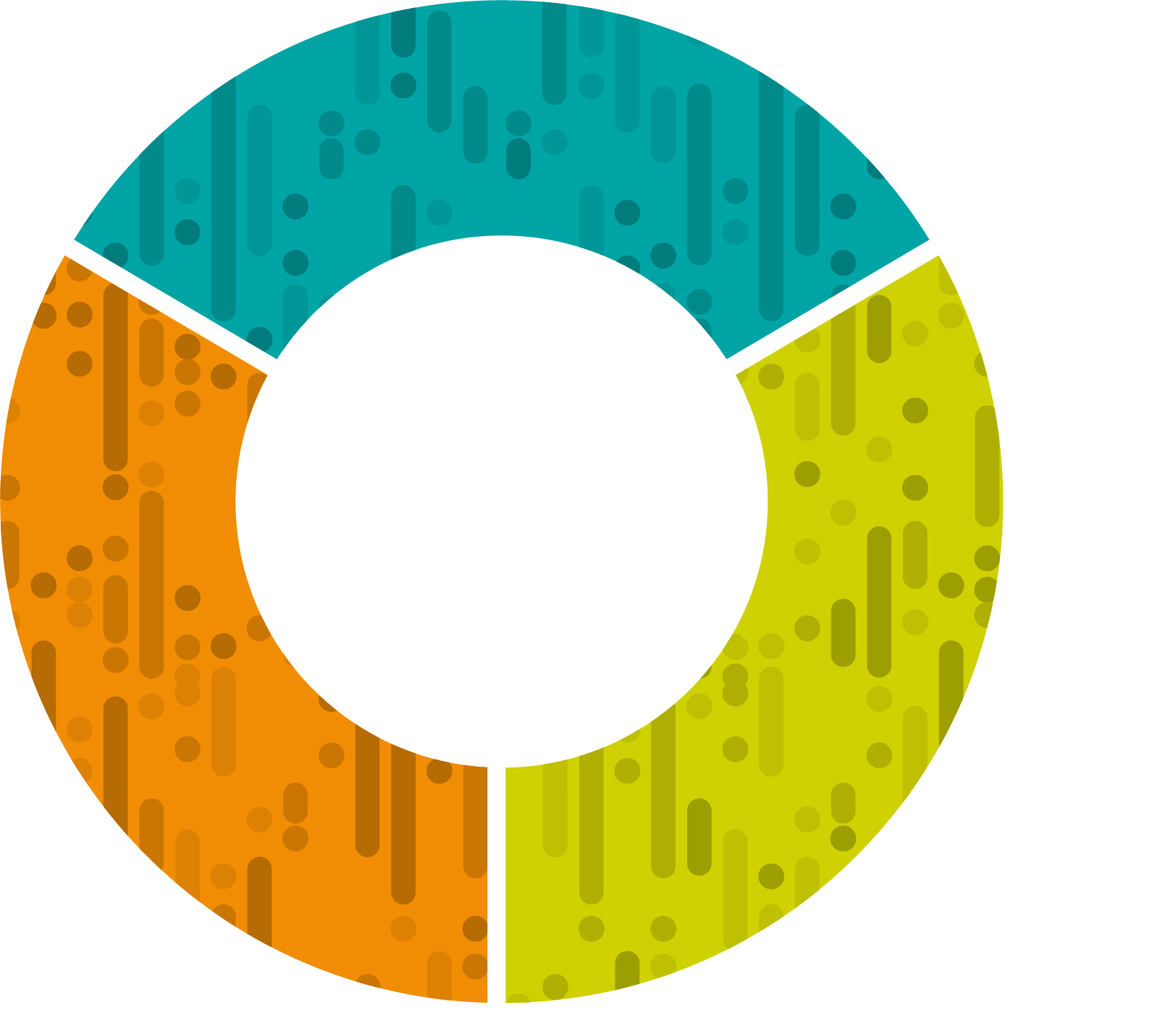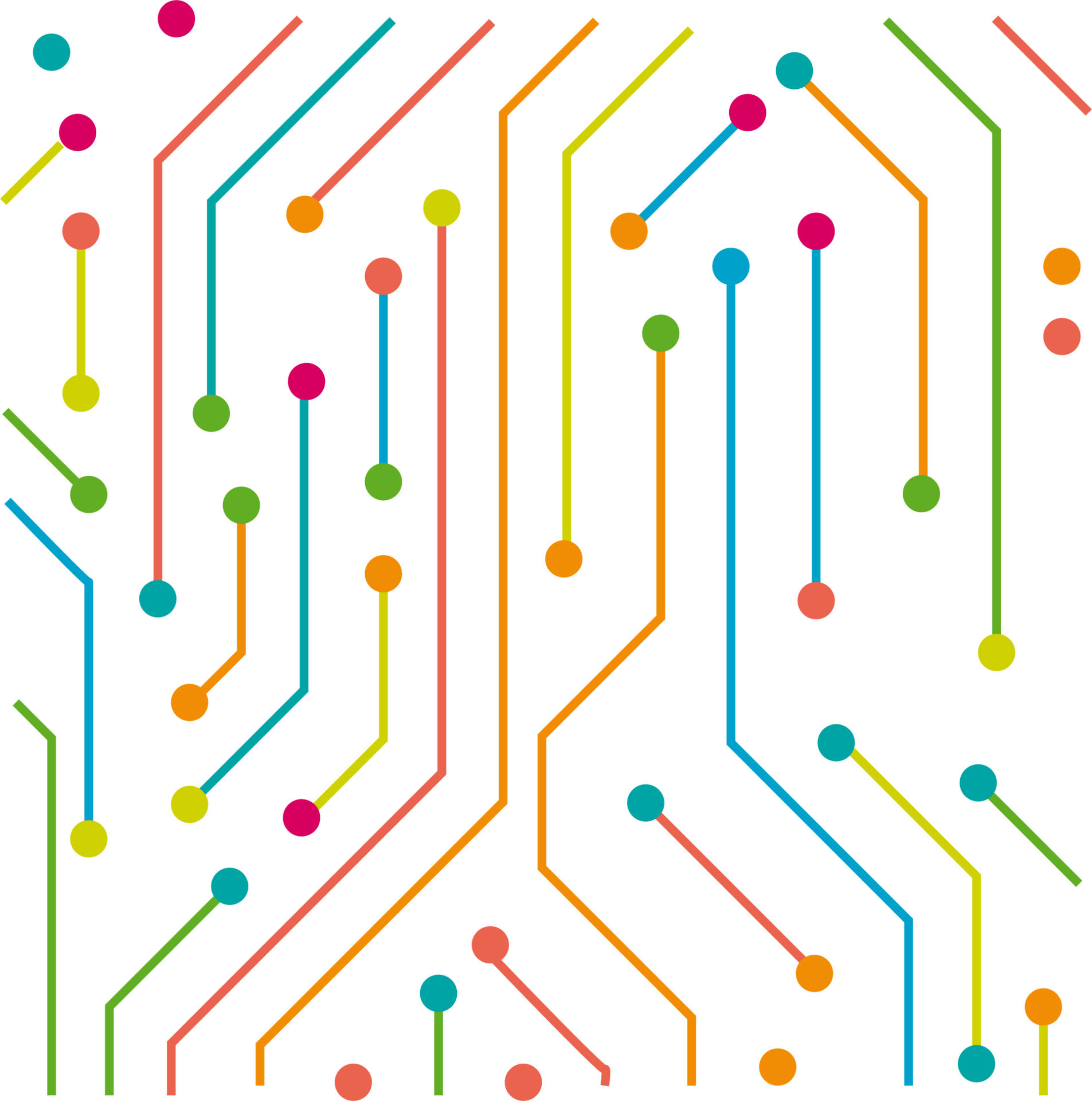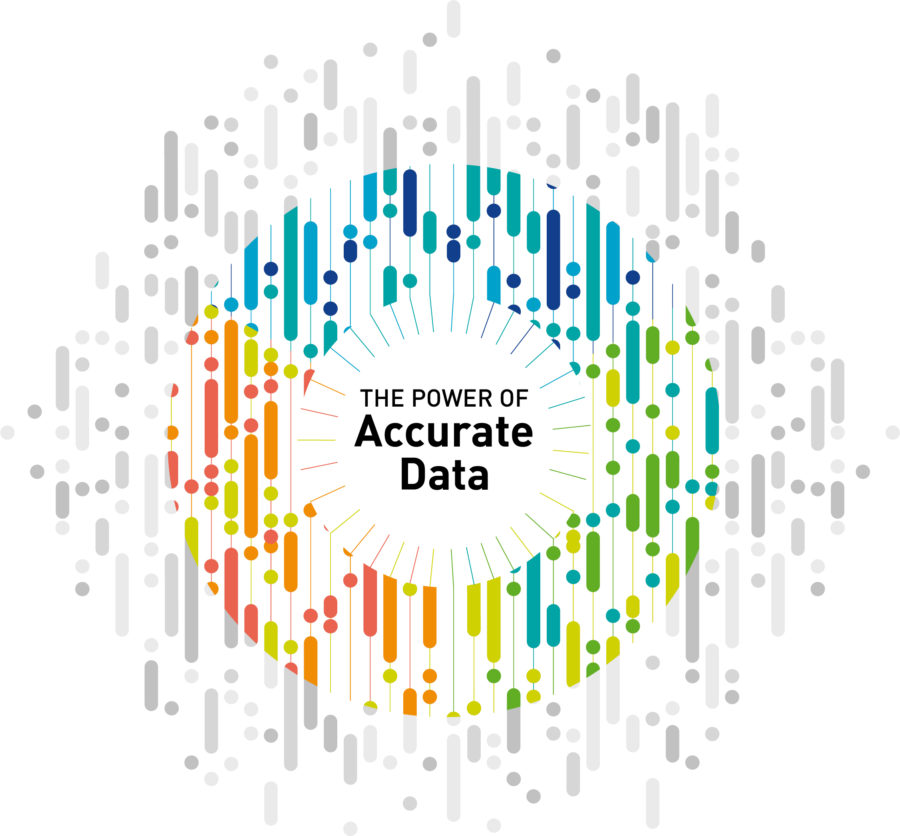Insights
Aug 4, 2020 _ insights
The Power of Accurate Data
Like all healthcare departments, facilities and space teams are navigating COVID-19 with an increased emphasis on mitigating risk, ensuring employee safety, minimizing cost, and improving processes.
But COVID-19 is just the latest risk. Whatever the next one is, it has the potential to impact your business just as severely. If our global experience with this pandemic has taught us anything, it’s the value of Integrated Work Management Systems (IWMS) and the analytics these systems’ data can provide your workforce, staff, and guests. By using centralized data to track your facilities’ positive and negative airflow, operate your buildings, and manage your assets, you can make informed, proactive decisions.
In healthcare, there is always another risk on the horizon. Here are two areas where having an IWMS in place can help you be better prepared.
Air Flow

You’d never knowingly put infectious patients in rooms with positive airflow. You also don’t want unwanted air particles invading your sterile surgical areas through negative airflow. Proper room airflow determines what procedures and what patients can occupy a space.
A centralized IWMS platform showing air flow details in rooms throughout your system helps:

- Mitigate risk by identifying what work can be done where, what patients can go where, and how to control infection through proper use of rooms.
- Improve process by centralizing airflow data, audit information (including ownership), and room restrictions.
- Reduce costs by calculating if a room is within the standard based on square feet, therefore preventing stuck doors from improper pressure and ensuring adjusted temperatures.
Building Operations & Asset Management

An IWMS system allows you to quickly access inventory information and other data so your organization can be smart and proactive when addressing risks.
This is true not just for airflow and assets, but for your facilities’ operation as well. Revised cleaning routines and supply budgets must be considered. It has become imperative to quickly and easily update cleaning frequencies, define and communicate safety protocols, and provide reports related to these routines. IWMS systems create templates for scheduled work.
For example, a deep clean that was scheduled for once a day may now happen to 2 or 3 times per day. Change just the frequency in the system and it will start generating the new series (like recurring meetings in Outlook). On that specific work order, details are attached saying what should be checked and how, what cleaning supplies can be used in that type of room, etc. IWMS systems create a centralized location for developing, tracking, and managing frequently changing and diverse protocols throughout a location. Aside from a surge in your budget, are you prepared to understand the cost for stanchions and signage to manage social distancing or MEP equipment that now requires increased monitoring? This data could help identify a potential shortage early in the process.
Understanding your data and implementing the right technology:

- Mitigates risk by defining heavy traffic areas to prioritize cleaning routines, automating facility requests and tracking inventory of critical supplies that may have a habit of walking away or being thrown away too soon.
- Improves process by linking maintenance and repair to work orders and building drawings. You can see what was done when (and who did it) and how often the same “fix” is being made so you can retire the underperforming Dilberts in your equipment inventory.
- Reduces costs by preventing unplanned equipment fails during critical periods through scheduled maintenance. The right digital tool not only enhances your ability to optimize equipment utilization but also improves labor efficiency by reducing travel time through a comprehensive list of safety supplies, tools, parts, and travel routes for each inspection.
As facilities and housekeeping manage new sets of priorities and response times to mitigate contagious risk and enforce social distancing, the importance of data utilization and technology to minimize workforce effort and cost, becomes increasingly critical. Streamlining the request process and ensuring proper analytics will provide the transparency needed to ensure staff and guest safety and peace of mind.
At GBBN, we look at architecture beyond buildings. Our In4mation division helps clients capture, manage, and use building data so they can operate their current facilities more efficiently and plan wisely for the future.




